Report this entry
More from the same community-collection
Mounted Policemen on Santa Fe Street - 1901
Mounted policeman on horseback. All wearing dark colored ...
Texas Rangers in Front of El Paso County Court House
Group of Texas Rangers on the steps of the El Paso County Court ...
International Mining Congress Delegates
Group of International Mining Congress Delegates. All dressed in ...
Three Children on Donkey - 1910 - 1919
Three children on a donkey--a woman, maybe their mother, to the ...
El Paso, Texas Chamber of Commerce in 1910s
Image of the building of Chamber of Commerce in the 1910s.
Grand Central Hotel - El Paso, Texas
The Grand Central Hotel was situated at Pioneer Plaza, at the ...





















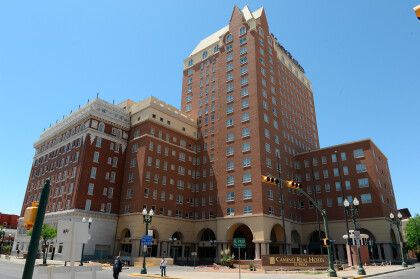
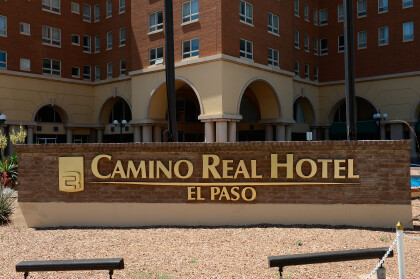
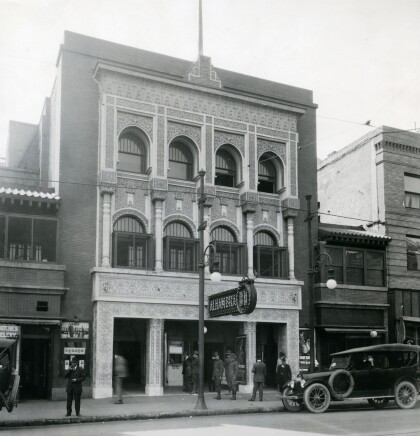
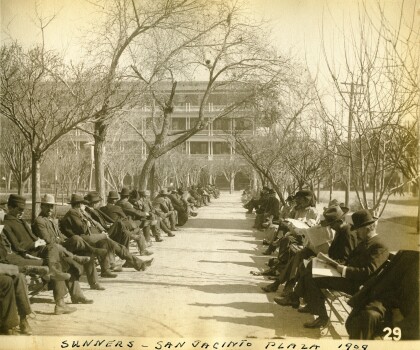
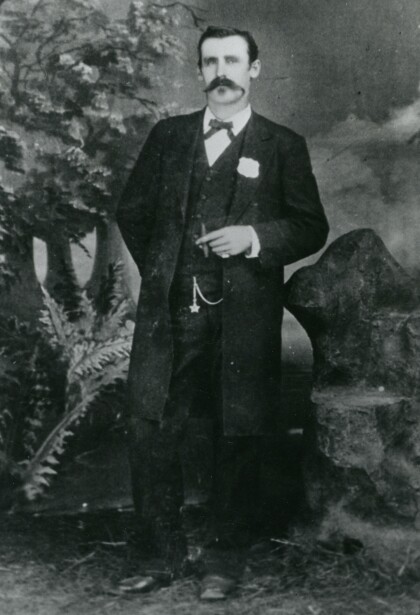
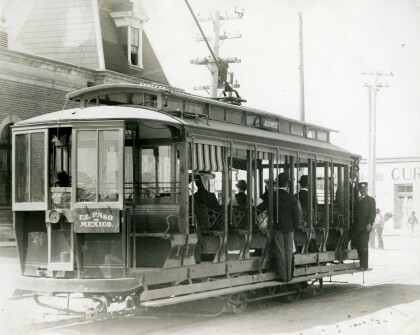
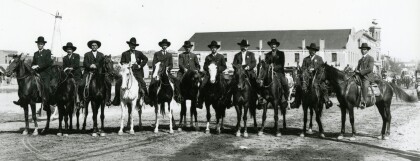
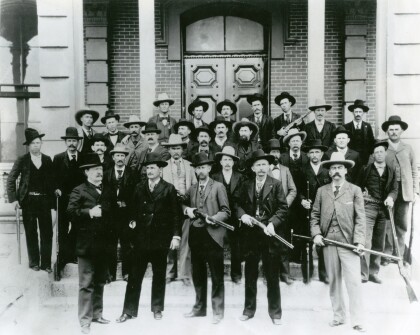
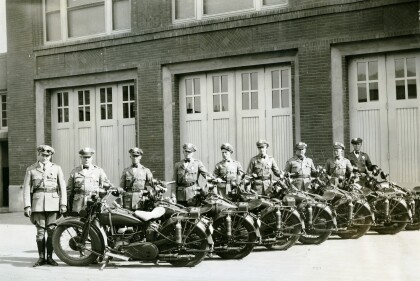
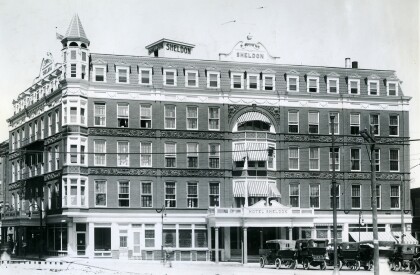
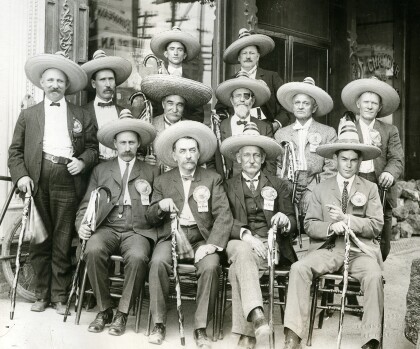
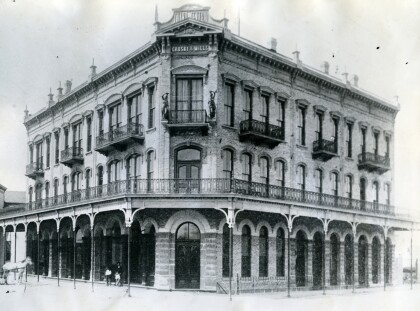
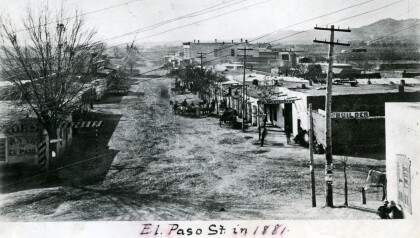
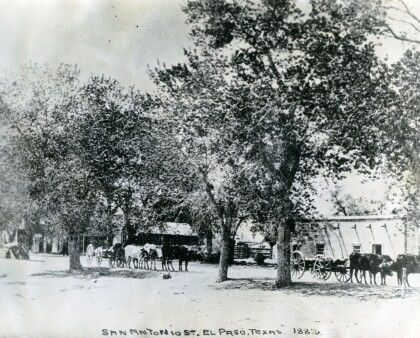
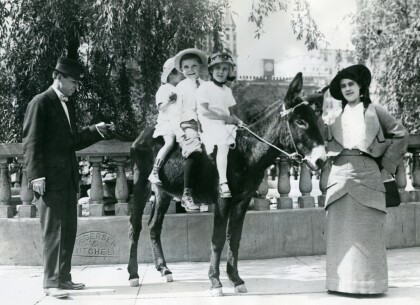
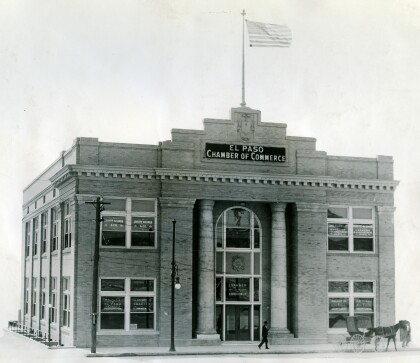
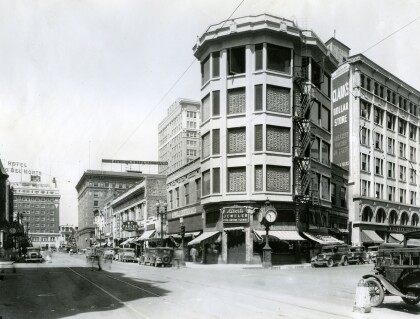
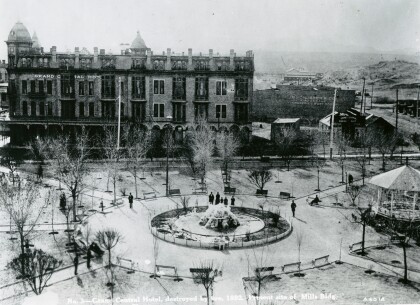
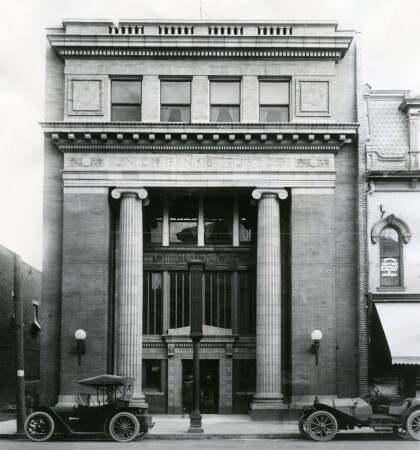
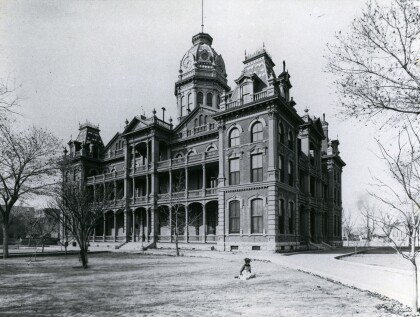
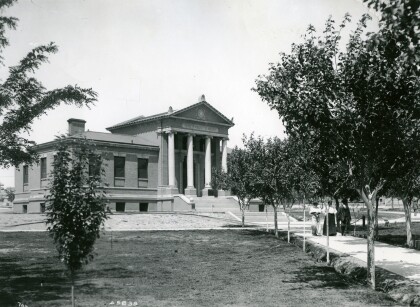
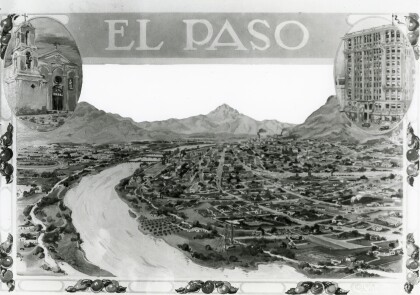
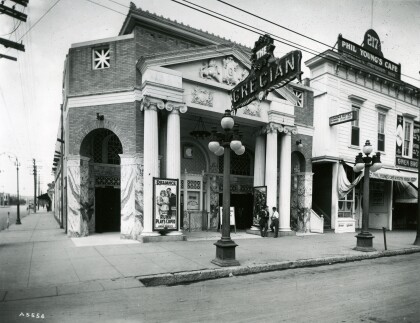
Comments
Add a comment